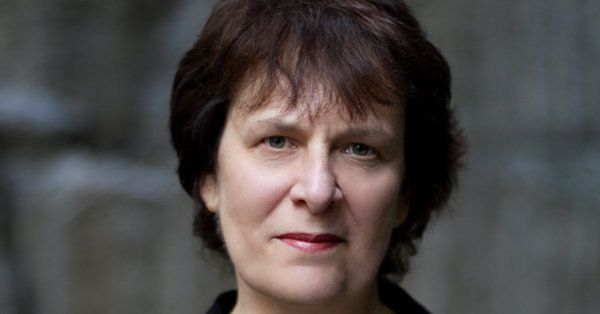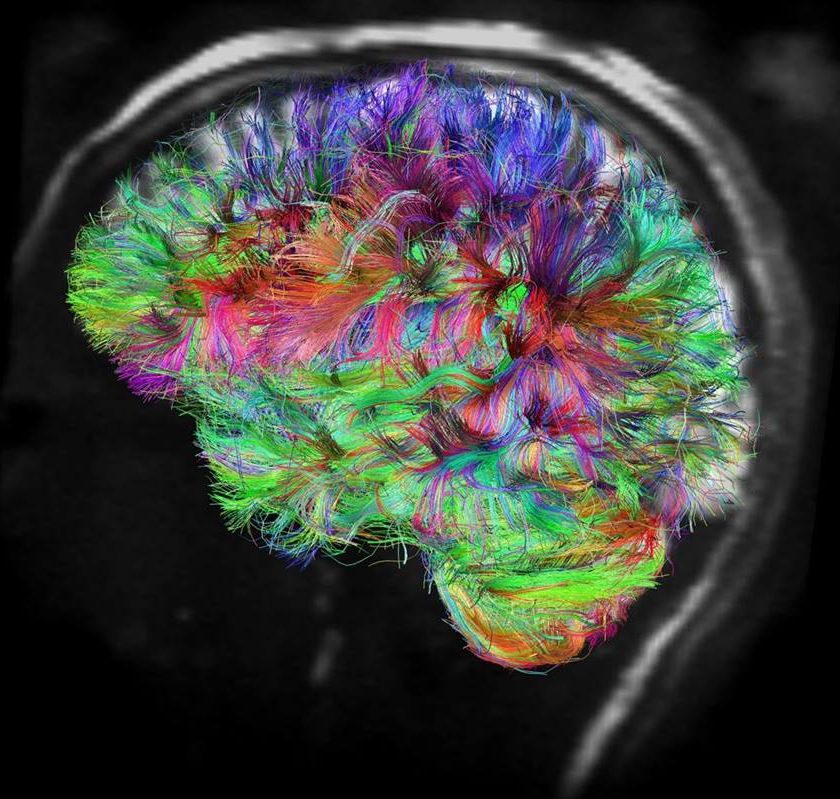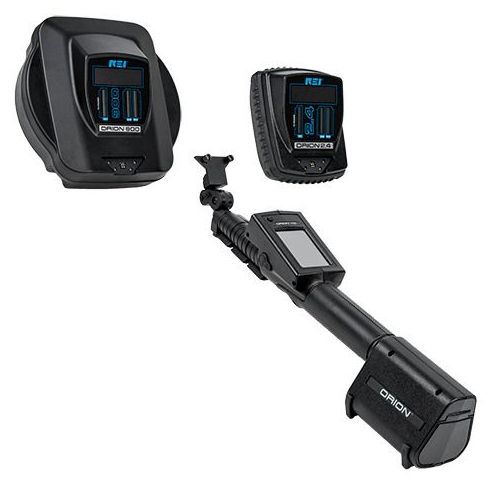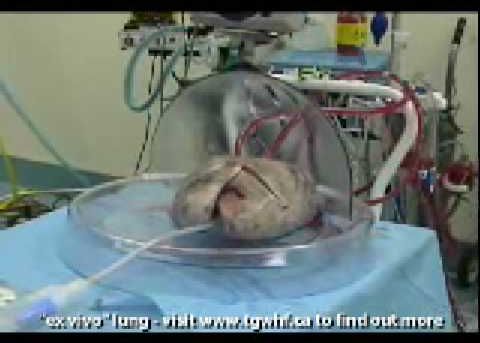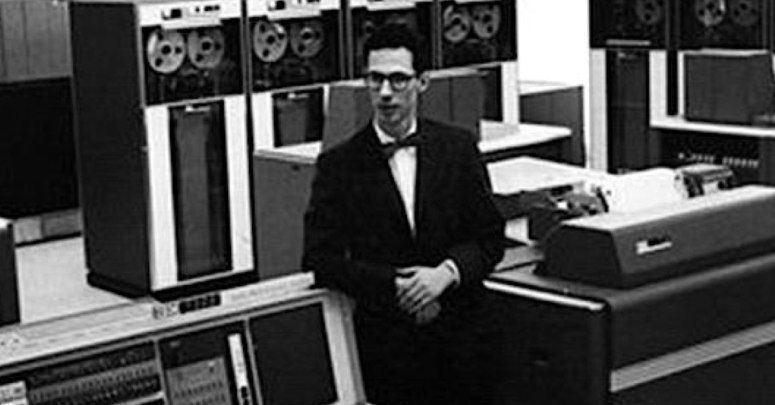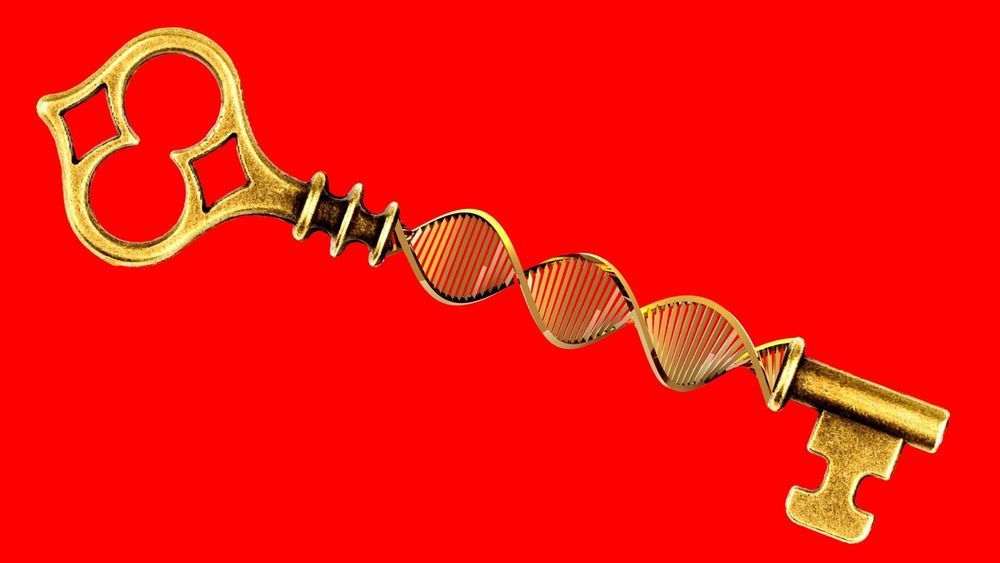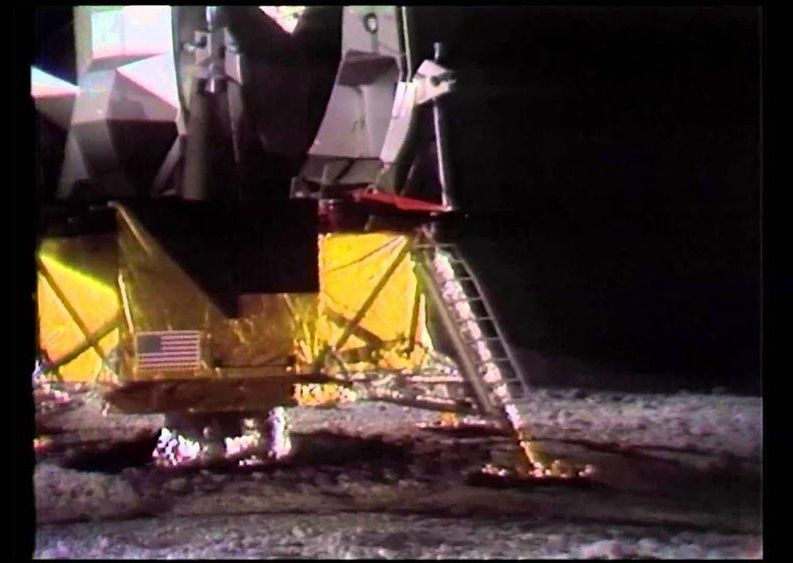Dr. Shapiro’s technique for dealing with trauma was initially met with some skepticism. But it has attracted devotees worldwide.
This afternoon, an automated bot at Quora suggested that I answer a reader question. Quora is essentially an “Ask the expert” web site. It is the world’s largest, cataloged and indexed Q&A repository.
This is the question I was asked to answer:
Some pundits believe Bitcoin is a fad, while others seem to feel that it is better than sliced bread. I like sliced bread.* Is Bitcoin really that cool? —Or is it just a lot of Geeky hype?

The ORION™ Non-Linear Junction Detector (NLJD) detects the presence of electronics, regardless of whether they are radiating, hard wired, or even turned off. Electronics containing semi-conductor properties return a harmonic signature the ORION NLJD can detect when radiated with RF energy. An NLJD detects physical properties, and not energy emissions. Therefore, devices that contain circuit boards and their components, like cell phones, video cameras, and microphones can be detected by the ORION NLJD.
How does a non-linear junction detector work?
The NLJD antenna head is a transceiver (transmitter and receiver) that radiates a digital spread spectrum signal to determine the presence of electronic components. When the energy encounters semi-conductor junctions (diodes, transistors, circuit board connections, etc.), a harmonic signal returns to the receiver. The receiver measures the strength of the harmonic signal and distinguishes between 2nd or 3rd harmonics. When a stronger 2nd harmonic is represented on the display in red, it indicates an electronic junction has been detected. In this way, a hand-held ORION is used to sweep walls, objects, containers, furniture, and most types of surfaces to look for hidden electronics, regardless of whether the electronic device is turned on.
This can also be done with a brain in a jar hooked-up to A.I…
*** As featured on the Colbert Report — June 4, 2009 ***
Fernando José Corbató, Turing Award winner, computer scientist extraordinaire, MIT computer lab pioneer, RIP.
It would be the first-ever map of the universe in high-energy X-rays, Nature magazine noted.
Such a map “will be essential to solve the core questions of modern cosmology,” Roscosmos said in a press release. “How do dark energy and dark matter affect formation of the large-scale structure of the Universe? What is [the] cosmological evolution of supermassive black holes?”
The agency added that the telescope, which has reportedly taken decades to develop, is expected to find about “100,000 massive clusters of galaxies” and millions of supermassive black holes ― many of them new to science ― over a four-year survey period.
Like many people, Barbara Greenberg wasn’t looking to unlock any deep, dark family secrets when she spit into a tube a few years ago and sent her DNA off to be analyzed. “I was just curious to see if I would find anything a bit interesting,” Greenberg says.
And at first, there were no real surprises; she was, as expected, 100 percent Eastern European Jewish. But she’d check back into her account now and then, looking for new matches to distant cousins, and eventually someone else popped up—an unknown female relative with a DNA match significant enough to indicate it was likely a half-sister.
As Greenberg and the other woman began communicating, their shared story took shape. Although the other woman had very little information about who her biological father might have been, Greenberg says the timing, location, and certain clues the woman’s mother had given over the years indicated that they did, indeed, share the same father.
Martha Teichner on the CBS News veteran’s coverage of an epochal human event: Man landing on the moon.
